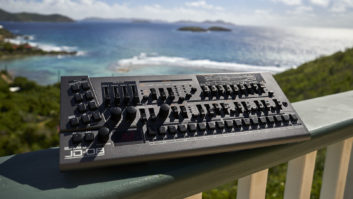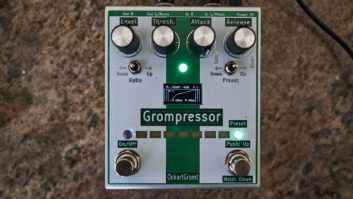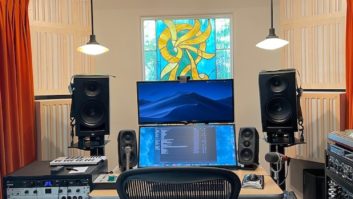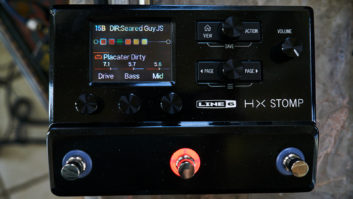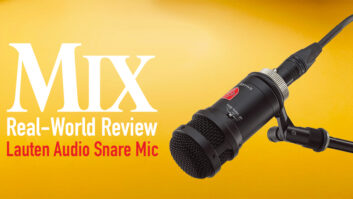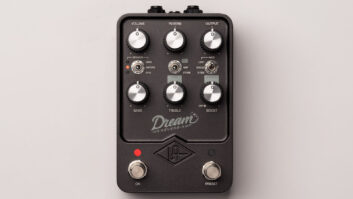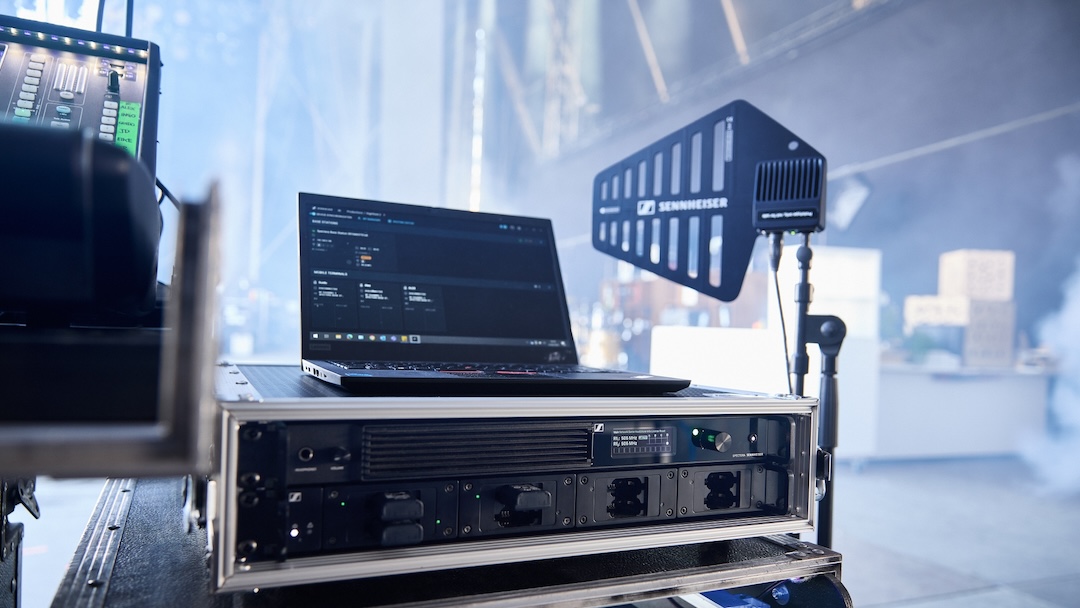
Frisco, TX (June 2, 2025)—Stephen Vaughn, RF coordinator for Soundtronics, had the opportunity to test Sennheiser’s Spectera wideband, bidirectional wireless ecosystem at this year’s Academy of Country Music (ACM) Awards.
Vaughn admits he was wary at first: “Honestly, I was a bit hesitant. Given the environment we were in—a live show—I was already occupying a lot of the clean spectrum typically needed for RF use to ensure good performance. So, I had to place the Spectera system in a pretty noisy DTV spectrum. I wasn’t expecting much in terms of performance, especially since I couldn’t use a media converter to get an antenna out to the dish location. But surprisingly, the system performed well on stage and in the covered house areas.”
While Spectera was being put through its paces in RF testing during the ACM Awards at the Ford Center at The Star in Frisco, the Digital 6000 wireless system, paired with both the MD 9235 and MMD 935 capsules, supported the performances of Blake Shelton, Kelsea Ballerini and the Backstreet Boys as millions of viewers tuned in on May 8, 2025.
Sennheiser Spectera Now Shipping
With testing limited to rehearsals and crew, Vaughn’s team reportedly still found ways to put the system through its paces. They leveraged Dante from the control computer and streamed music to simulate real-world use, then distributed multiple packs for walk testing throughout the arena. “We had no failures except for some minor issues outside the intended coverage areas. Overall, it was impressive,” Vaughn recalls.
Spectera’s wideband approach allows IEMs and mics to share the same TV channel, automatically coordinating all packs. The system constantly senses and adapts, so engineers don’t need to wrestle with calculations or worry about local interference. “The noise floor was around -80 dBm; one cool feature is that it measures the noise floor while transmitting, so you can see what you’re working over,” Vaughn notes.
What surprised Vaughn most, he says, was that Spectera worked even in what RF engineers would consider “dirty spectrum,” the kinds of channels typically avoided for mission-critical audio. “The biggest surprise was the performance in the DTV spectrum—especially at those levels. Having the freedom to use the device without worrying about dropouts or interference is a big deal.”
